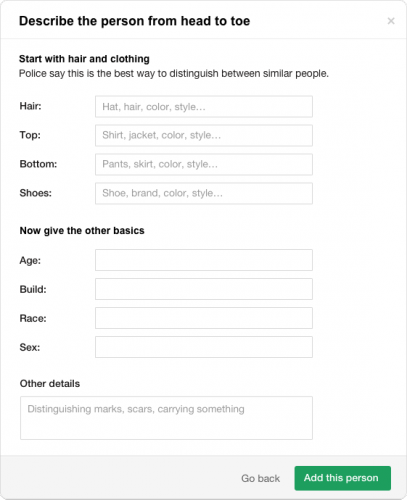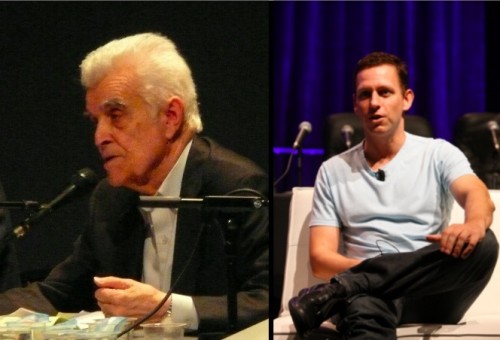How does technology mediate belonging in an era of both rising connectivity and xenophobia? The rhetoric of globalization would have us believe we are entering a new era of integration facilitated by advances in transportation and information technology, while racist populism is finding currency unseen since the Second World War. These perspectives represent very different views of how the world should work, and reflect one’s position and ability to navigate multiple, entangled systems of belonging, and the technologies making such movement possible.
We order our world with technology, in ways so mundane they escape detection without effort to separate representation of the world from the world itself. This is difficult because language itself is a sort of representational technology. Think of language as the software used in “hardware” (like stop signs or birth certificates) designed to order society. more...







.jpg)


